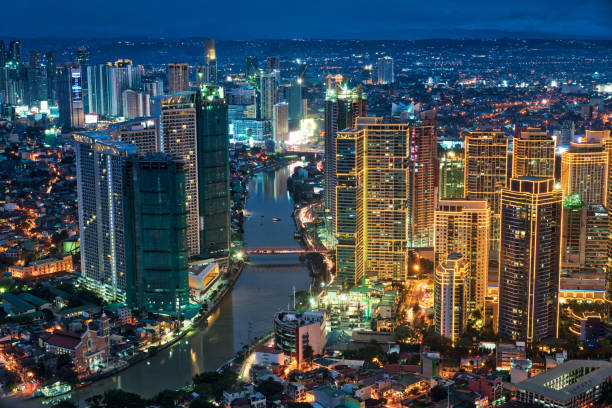MANILA, Philippines: The upcoming 2025 midterm polls in the Philippines are expected to see fewer precincts and significantly longer voter queues. This is a direct result of the Commission on Elections (Comelec) receiving a reduced budget of P17.34 billion for 2024, compared to their original funding request of P44.77 billion under the National Expenditure Program.
Comelec Chairman George Erwin Garcia highlighted the budget cut’s implications during a forum, stating, “Because of the reduced budget, we have no choice but to reduce the number of precincts.” Initially, Comelec projected the need for 128,000 precincts to accommodate an estimated increase of 3 million voters in the upcoming midterm polls, bringing the total number of voters from 68 million to 71 million.
However, due to the budget constraints, Comelec will now have to reduce the number of precincts to 110,000. This reduction of 18,000 precincts will inevitably lead to longer lines and increased waiting times for voters.
Garcia emphasized the impact of this budget cut on the conduct of elections, stating, “With 800 voters per precinct, we already experience long lines. Can you imagine the situation with 1,000 voters per precinct?” The implications are clear – longer queues and potentially frustrated voters.
It is important to understand the significance of these changes in the context of the Philippine electoral system. Precincts serve as the primary voting units, where registered voters cast their ballots. Each precinct is assigned a specific number of voters based on population density and other factors to ensure a smooth voting process.
Long queues can have a detrimental effect on voter turnout and overall election participation. Voters who face lengthy wait times may become discouraged and choose not to cast their votes, leading to a less representative election outcome. Moreover, the extended waiting periods can also create opportunities for voter suppression or other irregularities.
Politicians and political parties are well aware of the implications of longer queues. They understand that the increased waiting times can impact voter behavior and influence election results. Therefore, it is crucial for the government and relevant authorities to address this issue and find solutions to minimize the negative effects.
One possible solution is to implement measures that streamline the voting process and reduce waiting times. This could include optimizing the use of technology, such as electronic voting machines or online voter registration systems. Additionally, increasing the number of polling stations within each precinct can help distribute the voter load more evenly, reducing congestion and wait times.
However, it is essential to note that these solutions require adequate funding and resources. With the reduced budget allocated to Comelec, implementing such measures may pose additional challenges. The government must prioritize the efficient use of available resources and explore alternative funding options to ensure a fair and accessible electoral process.
As the 2025 midterm polls approach, it is crucial for the public, politicians, and election authorities to be aware of the potential challenges posed by the reduced budget and its impact on precincts and voter queues. By understanding these issues, stakeholders can work together to find innovative solutions and ensure that the electoral process remains transparent, inclusive, and reflective of the will of the people.
Source: The Manila Times







